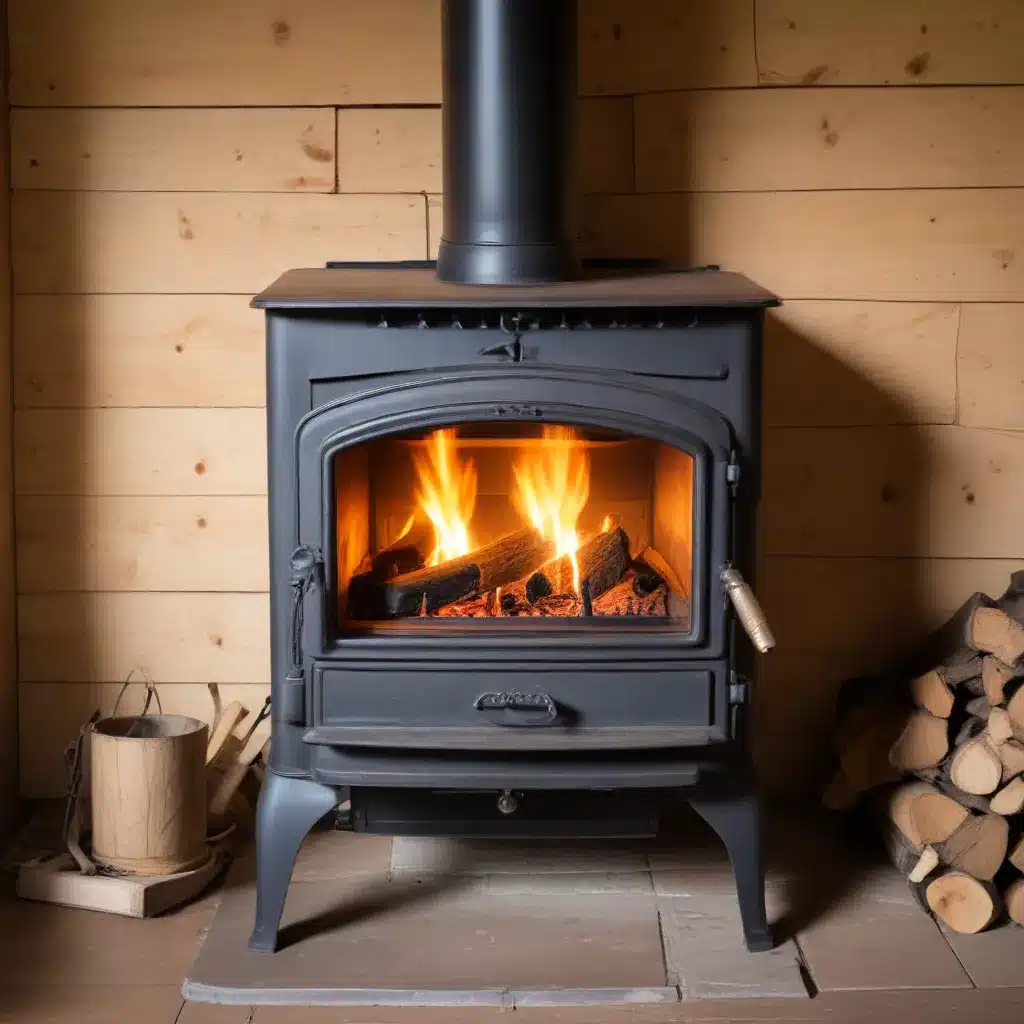
Navigating the Complexities of Wood Stove Regulations and Best Practices
As a seasoned expert in wood stove heating solutions, I understand the unique challenges faced by rural and remote communities when it comes to ensuring compliance with regulations and maintaining safe, efficient wood stove operation. In this comprehensive guide, we’ll explore the key considerations for wood stove users in these hard-to-reach areas, providing practical tips and in-depth insights to help you navigate the complexities of wood stove compliance.
Understanding the Regulatory Landscape
Wood stove usage is subject to a variety of regulations and standards, which can vary significantly depending on your geographic location. In the United States, the Environmental Protection Agency (EPA) has established guidelines for wood stove emissions and efficiency, with the goal of reducing the environmental impact of residential wood burning. However, these federal regulations may be further supplemented or modified by state and local authorities, creating a patchwork of rules that can be difficult to navigate, especially for those living in rural or remote areas.
Tip: Familiarize yourself with the specific wood stove regulations in your area by contacting your local air quality agency, environmental department, or building code officials. This will ensure you are operating your wood stove in compliance with all applicable laws and standards.
Navigating Unique Challenges in Rural and Remote Settings
Residents of rural and remote communities often face unique challenges when it comes to wood stove compliance. Access to reliable information, resources, and maintenance services can be limited, making it more difficult to stay up-to-date on best practices and ensure your wood stove is operating safely and efficiently.
Challenges in Rural and Remote Areas:
* Limited access to professional wood stove installation, maintenance, and repair services
* Difficulty obtaining EPA-certified wood stoves or replacement parts
* Lack of community-based education and outreach programs on proper wood stove use
* Reliance on wood as the primary or sole heating source due to the high cost or unavailability of alternative fuels
To overcome these challenges, it’s essential to be proactive in your approach to wood stove compliance. This may involve seeking out online resources, connecting with local experts, or even becoming a DIY wood stove maintenance enthusiast.
Optimizing Wood Stove Efficiency and Emissions
One of the key aspects of wood stove compliance is ensuring your stove is operating at peak efficiency and minimizing emissions. Proper wood stove maintenance, fuel selection, and burning practices can have a significant impact on both the environmental impact and the safety of your home heating system.
Best Practices for Efficient and Clean Wood Burning:
* Fuel Selection: Use well-seasoned, dry firewood with a moisture content of 20% or less. Avoid burning wet or unseasoned wood, which can lead to increased emissions and reduced heating efficiency.
* Stove Maintenance: Regularly clean your wood stove’s chimney, replace worn gaskets, and ensure all components are in good working order. This will help maintain optimal airflow and combustion.
* Burn Techniques: Follow the manufacturer’s instructions for proper wood stove operation, including starting fires with small, hot kindling and maintaining the correct burn temperatures.
* Stove Placement and Ventilation: Ensure your wood stove is located in a well-ventilated area, with adequate clearance from combustible materials. Proper stove placement and venting are crucial for safe operation.
By prioritizing wood stove efficiency and emissions control, you can not only reduce your environmental impact but also improve the safety and longevity of your heating system.
Accessing Resources and Community Support
In rural and remote areas, access to information and community support can be a significant challenge when it comes to wood stove compliance. However, there are a variety of resources available to help you navigate this landscape, from online guides to local outreach programs.
Resources for Wood Stove Users:
* Manufacturer Guides and Tutorials: Refer to the instruction manual provided with your wood stove or contact the manufacturer for guidance on proper installation, maintenance, and operation.
* Government and Non-Profit Initiatives: Check with your state or local air quality agency, environmental department, or non-profit organizations for any educational resources or community programs related to wood stove use.
* Online Forums and Communities: Engage with fellow wood stove enthusiasts on forums and social media groups to share knowledge, ask questions, and learn from the experiences of others in similar rural or remote settings.
By taking advantage of these resources and connecting with your local community, you can stay informed, up-to-date, and empowered to maintain compliance with wood stove regulations.
Conclusion
Navigating the complexities of wood stove compliance in rural and remote areas can be a challenging, but ultimately rewarding, endeavor. By understanding the regulatory landscape, addressing unique regional challenges, optimizing your wood stove’s efficiency and emissions, and accessing the right resources, you can ensure your wood stove is not only compliant but also a safe, sustainable, and cost-effective heating solution for your home.
Remember, as a wood stove user in a rural or remote community, you play a crucial role in promoting clean, efficient, and responsible residential wood burning. By staying informed and taking proactive steps, you can contribute to the broader effort to reduce the environmental impact of wood stove use and protect the health and well-being of your community.
For more information on wood stove compliance, maintenance, and energy-efficient heating solutions, visit https://woodstoveheaters.com/. Our team of experts is dedicated to providing the resources and guidance you need to navigate the world of wood stove heating with confidence.


